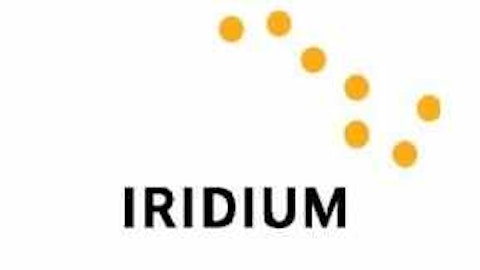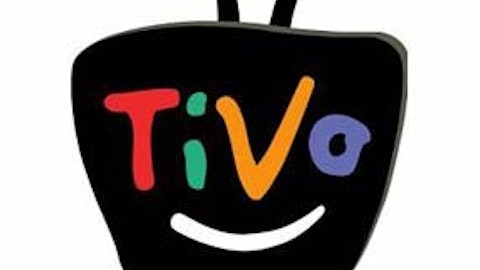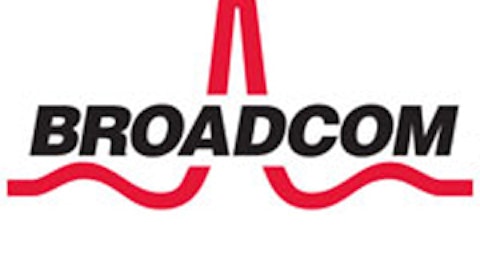Shares of Gogo have bounced around the $10-$16 range since its IPO — down nearly 20% since its debut. Bad initial month notwithstanding, the Itasca-based in-flight Wi-Fi provider raised $187 million in its initial public offering. This capital will help bolster Gogo broadband technology that allows flyers to connect to the web via their smartphones, tablets and laptops. Many are sounding the alarm on Gogo, but they are being premature — Gogo will succeed as long as people want to use the internet.

In an age where air travelers are price conscious, a service like Gogo will be seen as a real value add. Airlines can offer this service and customers won’t care about zero leg room or stale peanuts. Want to make people happy — let them check their Facebook account. Customers include four of the five biggest U.S. airlines — United, Delta, American and US Airways — which charge passengers for internet access. Fractional provider NetJets currently uses Gogo for in-flight Internet connectivity.
Up in the Air
Gogo posted a net loss of $32.45 million on $70.75 million in revenue in the first three months of 2013, compared with a loss of $17.6 million on $54.3 million in revenue during the year-earlier period. Many have “dissed” Gogo because the current performance is slow, users can’t (gasp) get YouTube. Gogo has taken setups to fix this issue — travelers want video and Gogo must deliver. To beef up its network, Gogo has secured a blanket license to operate 1,000 Ku-band satellite airplanes. The FCC granted the licence based on Gogo’s deal with Intelsat to provide global satellite coverage.
Gogo’s agreement with Intelsat gives Gogo access to the three Intelsat communications satellites. These satellites will provide high-speed connectivity for air travelers crossing the Atlantic and Pacific oceans. These satellites can also provide coverage for South America, Asia, Africa and Australia. Between Gogo’s mobile broadband, cellular towers and access to Intelsat’s 3 communications satellites, Gogo will be able to provide quality tiered domestic and international internet connectivity services for another decade.
Gogo uses a network of mobile broadband cellular towers that are beamed up instead of beamed down — creating an uninterrupted network for air travelers. The Gogo network currently covers the entire continental United States. The Gogo technology automatically selects the best tower signal to provide users a strong Internet connection. Gogo Internet operates on wireless signals provided by Gogo’s Air-To-Ground network, a reliable network of cellular towers spanning from sea to shining sea. This combination of cellular and satellite technology effectively powers the Gogo Network. While innovative and affordable, network signal strength and coverage can vary due to altitude and network traffic volume. Gogo offers three affordable In-Air Internet passes, starting from $14, for the All-Day pass, up to $42 for the Gogo Unlimited package.
Competition is Good
Gogo does have some strong competition in this space. One direct competitor is Row 44. Row 44 has a powerful in-flight WiFi solution that Southwest Airlines used for internet connectivity. Both Row 44 and Gogo use the Ku-Band satellite constellation, so if federal rules on in-flight electronic devices are changed, potentially giving passengers more options for connecting to the Internet, Gogo has the infrastructure in place.
Ironically, a major threat to Gogo may be Google. Google’s Project Loon may potentially provide a cheaper alternative to mobile broadband cellular towers and communications satellites. The jury is still out on using balloons floating in the stratosphere, so Gogo currently has a clear advantage.
Echostar Corporation (NASDAQ:SATS), though not a direct competitor to Gogo, could see profit if another firm decided to enter this space. Echostar Corporation (NASDAQ:SATS) has a satellite fleet of 14, five of which are less than ten years old. While Echostar Corporation (NASDAQ:SATS) has not been a major player in airplane internet connectivity, it’s is a major player in satellite communications.





